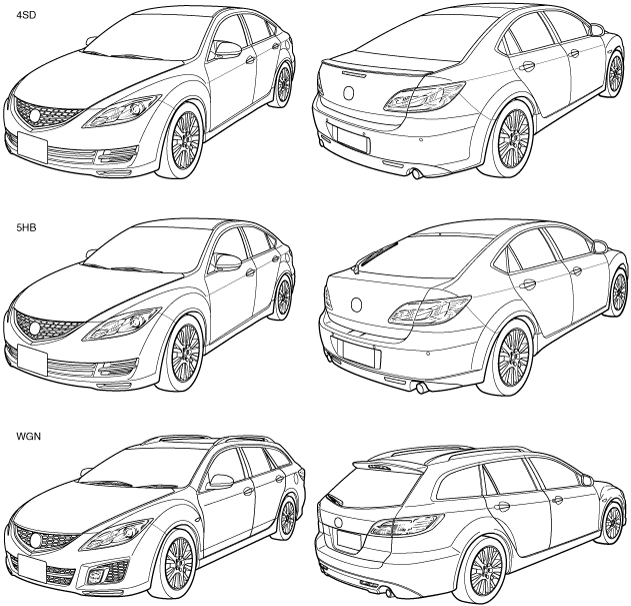 |
am6zzn00001174
AIM OF DEVELOPMENT
id000000100100
Product Concept
Unrivaled styling and performance
Vehicle Outline
Exterior
External View
am6zzn00001174
|
Interior
am6zzn00001432
|
Engine
Suspension
am6zzn00001356
|
am6zzn00000639
|
Brakes
L.H.D.
am6zzn00001433
|
R.H.D.
am6zzn00001434
|
Antilock brake system (ABS)
L.H.D.
am6zzn00000156
|
R.H.D.
am6zzn00000170
|
Dynamic stability control (DSC)
L.H.D.
am6zzn00001428
|
R.H.D.
am6zzn00001429
|
Transaxle
am6zzn00000265
|
am6zzn00000278
|
am6zzn00001176
|
am6zzn00000799
|
Power Steering
L.H.D.
am6zzn00001472
|
R.H.D.
am6zzn00000249
|
Safety